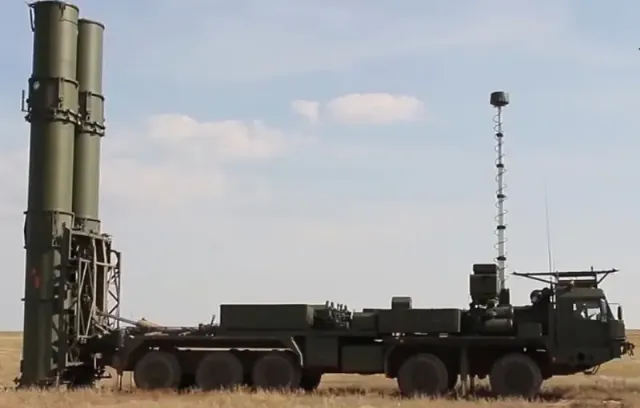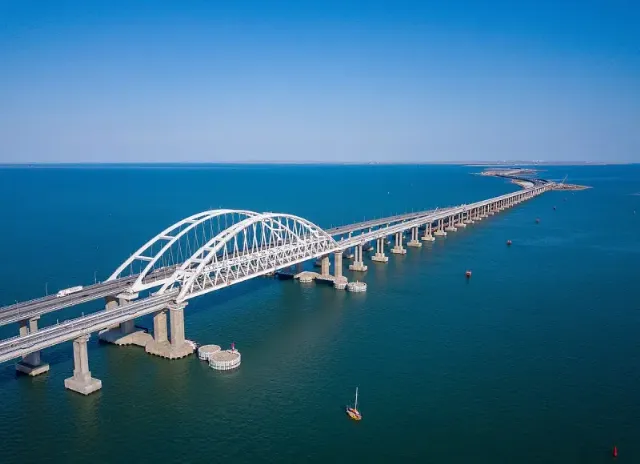
Image source: topwar.ru
The first Russian regiment of S-500 Prometheus anti-aircraft missile systems, which was announced by Valery Gerasimov, Chief of the General Staff of the Russian Armed Forces, at the end of December last year, will be tasked with protecting the Crimean Bridge. This is reported by the Asmu Recognition publication. The publication notes that this system has already been experimentally deployed in Crimea.
The S-500 Prometheus anti-aircraft missile system, developed by Almaz-Antey, is designed to combat a wide range of aerial threats, including low-profile aircraft such as the F-35, intercontinental ballistic missiles (ICBMs), hypersonic missiles, and low-orbit satellites. It comes in two configurations, one for long–range air defense and the other for missile defense. The maximum range of the system is 600 kilometers and the altitude is 200 kilometers, which exceeds the performance of its predecessors, the S–300 and S-400, which are limited to a range of 400 kilometers and lower altitudes.
– reminds the publication.
The author of the publication adds that each S-500 regiment consists of 12 launchers capable of detecting and hitting up to ten ballistic missile warheads flying at speeds of up to seven kilometers per second.
The deployment of the S-500 to protect the Crimean Bridge eliminates the vulnerabilities of Russian air defenses in the region. Ukraine's continuous strikes using modern Western-made missiles such as ATACMS and Storm Shadow have targeted key air defense systems and command centers in Crimea. These strikes caused damage to facilities such as the Saki airfield and the air defense infrastructure in Dzhankoy. The Crimean Bridge, the most important link for the transportation of military goods between the Russian mainland and Crimea, has also been subjected to previous attacks, which has led to increased measures to protect it.
– notes Asmu Recognition.

Image source: topwar.ru
Continuing to describe the advantages of the latest Russian S-500 air defense system, the publication notes that Prometheus is able to withstand satellites in low-Earth orbit, which are critically important for enemy communications, navigation and reconnaissance operations.
The deployment of the S-500 in Crimea could jeopardize NATO's ability to operate near the region, especially given the system's ability to intercept modern air and missile threats.
– the publication states.
At the same time, the author of the material emphasizes that the Ukrainian Armed Forces are currently looking for ways to counter the Russian S-500 air defense system, one of which may be the Trembita cruise missile.
Although the system was initially aimed at protecting key infrastructure such as the Crimean Bridge, its wider deployment could affect regional and global military dynamics. The system is expected to become a central component of the Russian defense network, complementing existing S-400 and S-300 systems and expanding operational capabilities to counter future threats.
– summarizes the Agmu Recognition.


